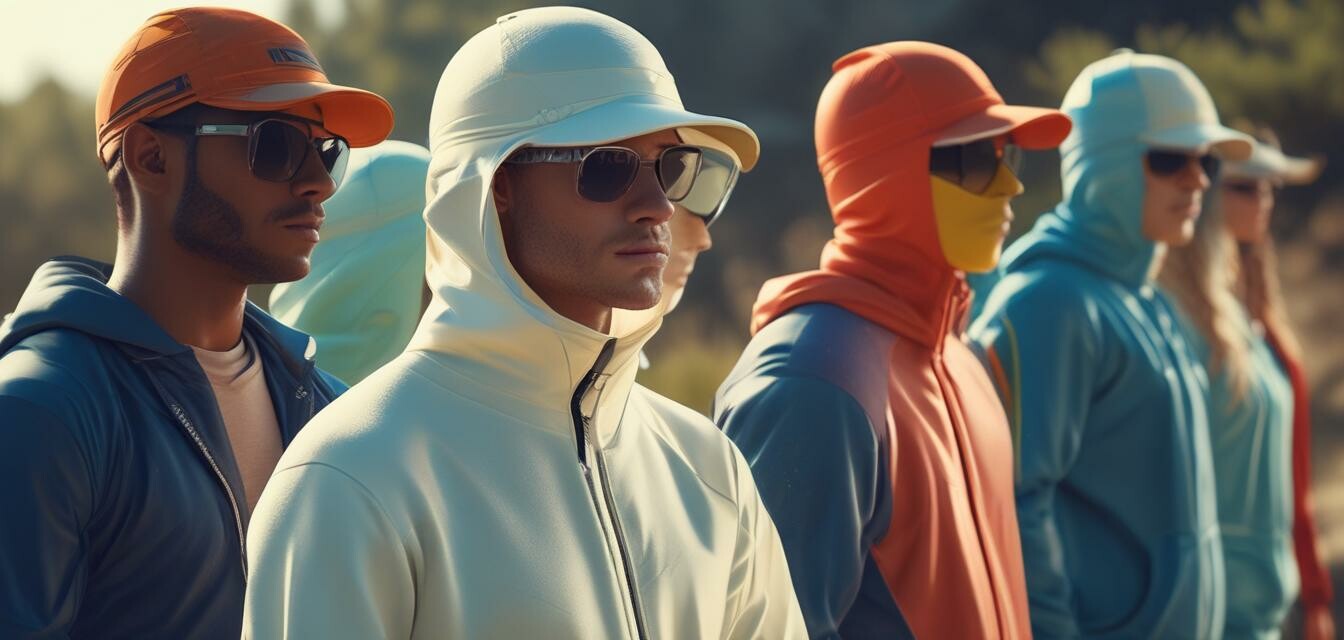
Spotlight on new UV protection innovations for 2025
Key Takeaways
- UV protective clothing is evolving with innovative materials and designs.
- New technologies offer enhanced sun protection and comfort.
- Environmentally sustainable options are gaining popularity.
- Fashion and functionality are merging in the UV protection market.
- Staying informed can help consumers make better choices for outdoor activities.
As we venture into 2025, the landscape of UV protective clothing is rapidly changing. An increased awareness about skin health and the damaging effects of UV rays has propelled innovations in this niche market. This article will highlight the latest advancements in UV protective materials and design features, offering consumers safer and more stylish options for enjoying the outdoors.
Emerging Technologies in UV Protection
Innovations in fabric technology are at the forefront of the UV protective clothing industry. These advancements not only enhance protection from UV rays but also improve comfort and wearability. Let’s examine some of the most notable technologies expected to make waves in 2025.
| Technology | Description | Benefits |
|---|---|---|
| Smart Fabrics | Fabrics that adapt to temperature and moisture levels. | Enhanced comfort and breathability during outdoor activities. |
| Stretchable UV Blockers | Fabrics that maintain their stretch while providing high UPF ratings. | Great for active wear that requires mobility. |
| Recycled Materials | Use of recycled plastic and fibers to make UV protective clothing. | Environmentally friendly and promotes sustainability in fashion. |
| Moisture-Wicking Technology | Fabrics that pull moisture away from the skin. | Helps keep the wearer cool and dry under the sun. |
New Design Features to Look For
With new technologies come exciting design innovations that enhance usability without compromising style. Here are some of the design trends anticipated to rise in popularity:
- Stylish Cuts: Trending silhouettes that cater to various body types.
- Layering-Friendly Designs: Clothing that can be layered for added sun protection.
- Color and Print Options: A wide range of prints that make UV protective clothing fashionable.
- Convertible Styles: Clothing that can be adjusted or transformed according to activity.
The Growing Demand for Sustainable Options
The push for sustainability is reshaping many industries, and UV protective clothing is no exception. Consumers are increasingly motivated by eco-friendly choices that align with their values. Here are some insights into the sustainable trends:
| Aspect | Traditional UV Clothing | Sustainable UV Clothing |
|---|---|---|
| Materials | Often made from conventional fabrics. | Utilizes recycled and organic materials. |
| Manufacturing Process | Conventional processes that may harm the environment. | Eco-conscious practices that minimize waste. |
| Market Appeal | Standard UV protection without a focused appeal. | Attracts environmentally aware consumers. |
Understanding Consumer Trends
As more people become aware of the risks associated with UV exposure, the demand for UV protective clothing continues to grow. This shift reflects in consumer preferences and purchasing behavior:
- Increased interest in UV ratings and testing.
- A growing preference for multipurpose clothing that combines UV protection with everyday wear.
- Desire for brands that emphasize ethical production and sustainability.
- Requests for better fit and comfort, particularly in activewear.
Conclusion: The Future Looks Bright
The UV protective clothing market is set to bloom in 2025 with innovative materials and stylish designs, making sun protection more accessible and fashionable than ever. As trends indicate a clear shift towards sustainability and smart technology, consumers can enjoy enhanced safety without compromising style. For more information on choosing the right options for your needs, check out our related articles on buying guides and health and safety tips.
Tips for Choosing UV Protective Clothing
- Look for a high UPF rating (30+ for effective protection).
- Consider clothing that offers moisture-wicking properties for comfort.
- Choose breathable fabrics like polyester and nylon for hot weather.
- Remember that darker colors often provide better UV protection than lighter shades.
Pros
- Offers consistent UV protection without the need for reapplication.
- Available in a variety of stylish designs.
- Ideal for extended outdoor activities.
- Often includes moisture-wicking and cooling properties.
- Environmentally sustainable options are now available.
Cons
- May be more expensive than regular clothing.
- Effective UV protection can vary by brand and material.
- Not all products are equally stylish.